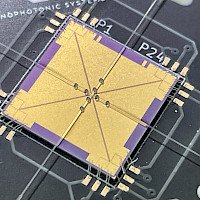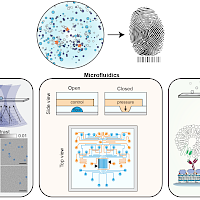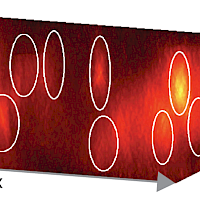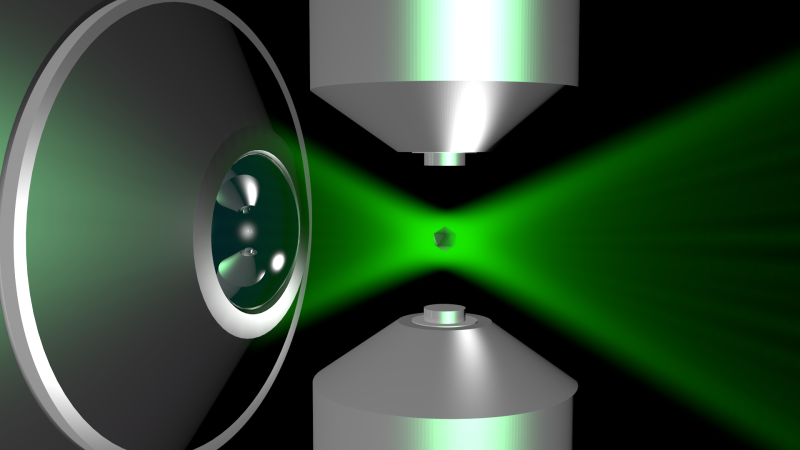





Nano-optics has emerged as a powerful way to engineer light fields beyond what is achievable by standard optics, offering means to enhance light-matter interaction towards unexplored grounds. When nano-optical systems include absorbing materials they can additionally provide an elegant way to remotely engineer heat generation at the nano- and microscale with an unprecedented level of control. In NSL, we exploit our advanced control of light-matter interaction at the nanometer scale as a key enabling tool to address scientific and technological challenges over a broad range of fields. Our research activities are articulated around three main pillars:
- Levitation optomechanics
- Bionanophotonics
- Microscale heat control
We aim at covering the entire spectrum from design, fabrication, and optical characterization of our nano-optical systems, to their validation for specific applications. We combine theoretical models and numerical simulations, often in close collaboration with external theoretical groups, to design the system and identify its optimum parameters. Based on the optimum design, the system is fabricated following either a top-down (clean room based) or bottom-up approach (wet chemistry based). Fabricated systems are fully characterized by using a wide range of optical techniques developed in our labs. When relevant, especially in the context of interdisciplinary projects, the performance of the system is validated in a setting specific to the targeted application. We also actively seek interactions with industry to develop our results beyond the laboratory environment.
To cover the different aspects of our interdisciplinary research, we bring together a unique combination of expertise and skills with talented international team members with diverse academic backgrounds including physics, mechanical and electrical engineering, chemistry, and biology.